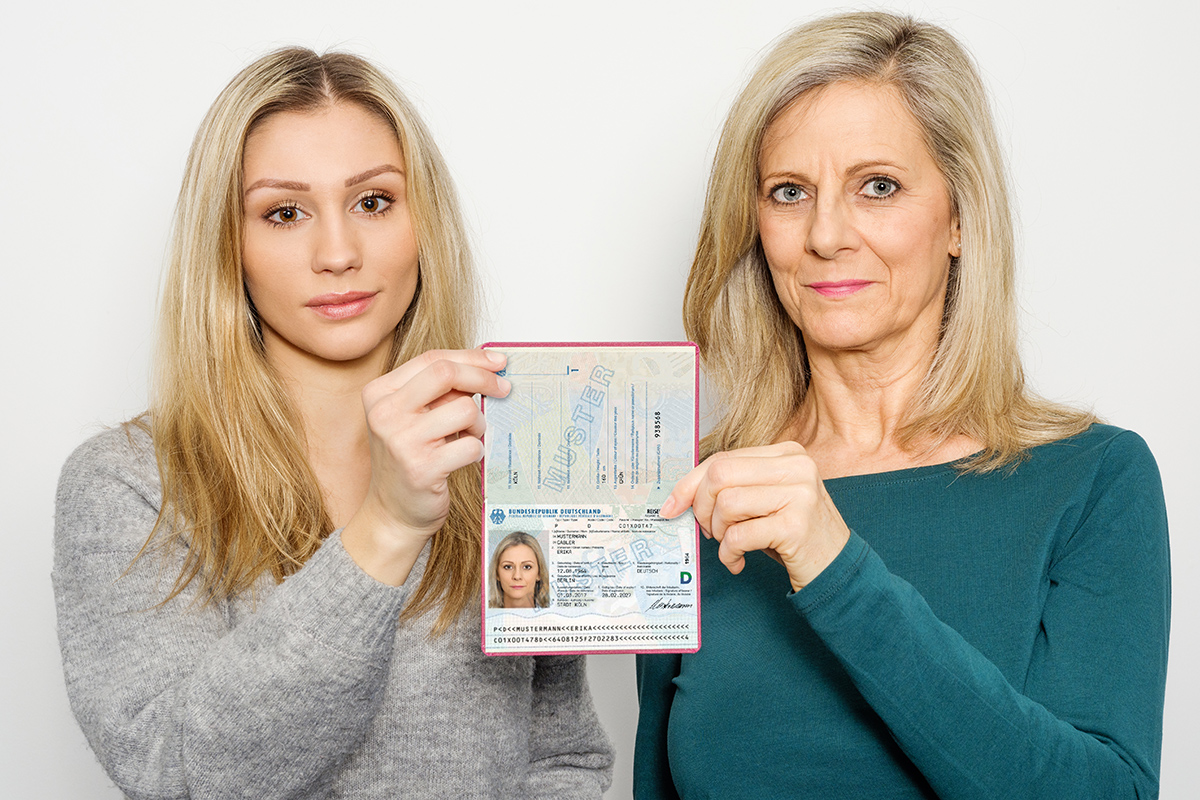Passport photos in Germany only digital
The German government has passed a draft law to the effect that passport photos will in future only be accepted digitally in order to increase security against forgery. In concrete terms, this is all about morphing: several faces are merged into one.

Even if the introduction of the biometric passport photograph once greatly increased the security against forgery, a residual risk remained. Fraudsters have now discovered a new way of overcoming border controls under a false identity, known as face morphing.
By combining two or even more faces, known points of comparison required by the identification algorithms of biometric systems are precisely overlapped. This means one passport can be valid for multiple people. Since it is very difficult to detect these forged photos, Fraunhofer IGD is actively researching morphing processes and has itself, for testing purposes and using machine learning, created an image database of thousands of morphed photos that previously were unrecognizable as such. Even more important, however, is its work on AI-supported systems, which are being designed to raise the alarm when they detect signs of manipulation.
When it comes to detecting low-quality photos, the researchers are already one step further: As a member of Germany’s national research center for applied cybersecurity, ATHENE, a unique and innovative model of cooperation between academic and private research, Fraunhofer IGD is giving its biometrics experts the ideal conditions for working on ways to make biometric passport photos even more secure in the future.
 Fraunhofer Institute for Computer Graphics Research IGD
Fraunhofer Institute for Computer Graphics Research IGD